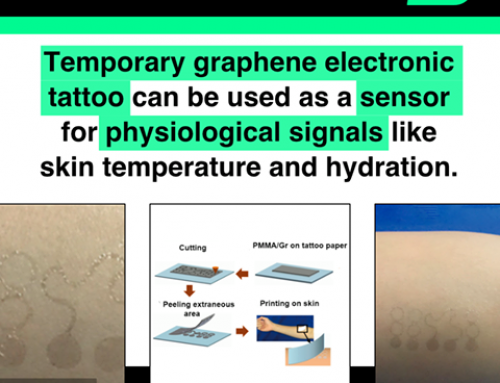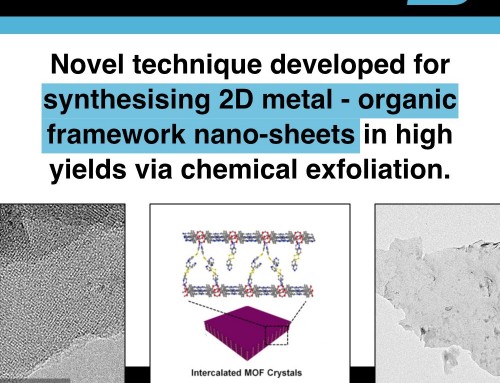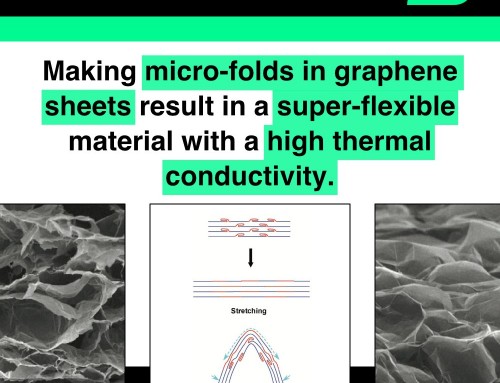
Two studies independently published in Nature Physics demonstrate Bose-Einstein condensation in double-layer bilayer graphene system.
Bose-Einstein condensation occurs when electrons and hole pairs are confined in separate electronic systems, but bound by the Coulomb interaction. This results in a phenomenon where driving a current in one layer induces a voltage in another.
In this case, two bilayer graphene flakes are separated by a flake of hexagonal boron nitride. This creates a structure akin to a Gallium Arsenide-based heterostructures, but with a higher electronic quality and thinner dielectric.
This allows for the observation of quantum Hall drag in graphene at a temperature 10 times higher, and establish such double-layer bilayer graphene system as a test bed for studying interacting bosonic particles in solid state physics.
Read more:
- Excitonic superfluid phase in double bilayer graphene Li et al. Nature Physics 2017
- Quantum Hall drag of exciton condensate in graphene Liu et al. Nature Physics 2017





